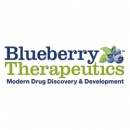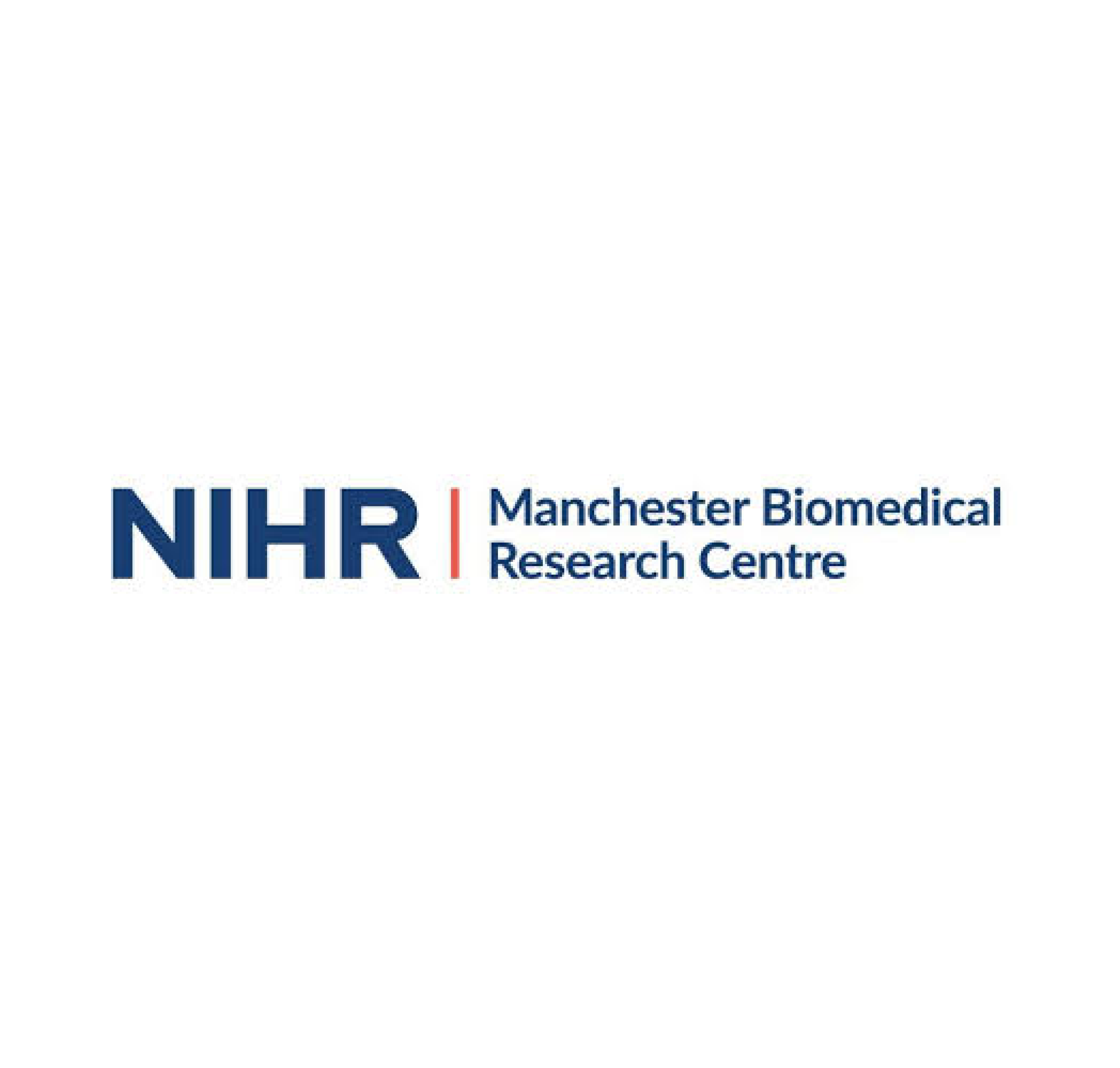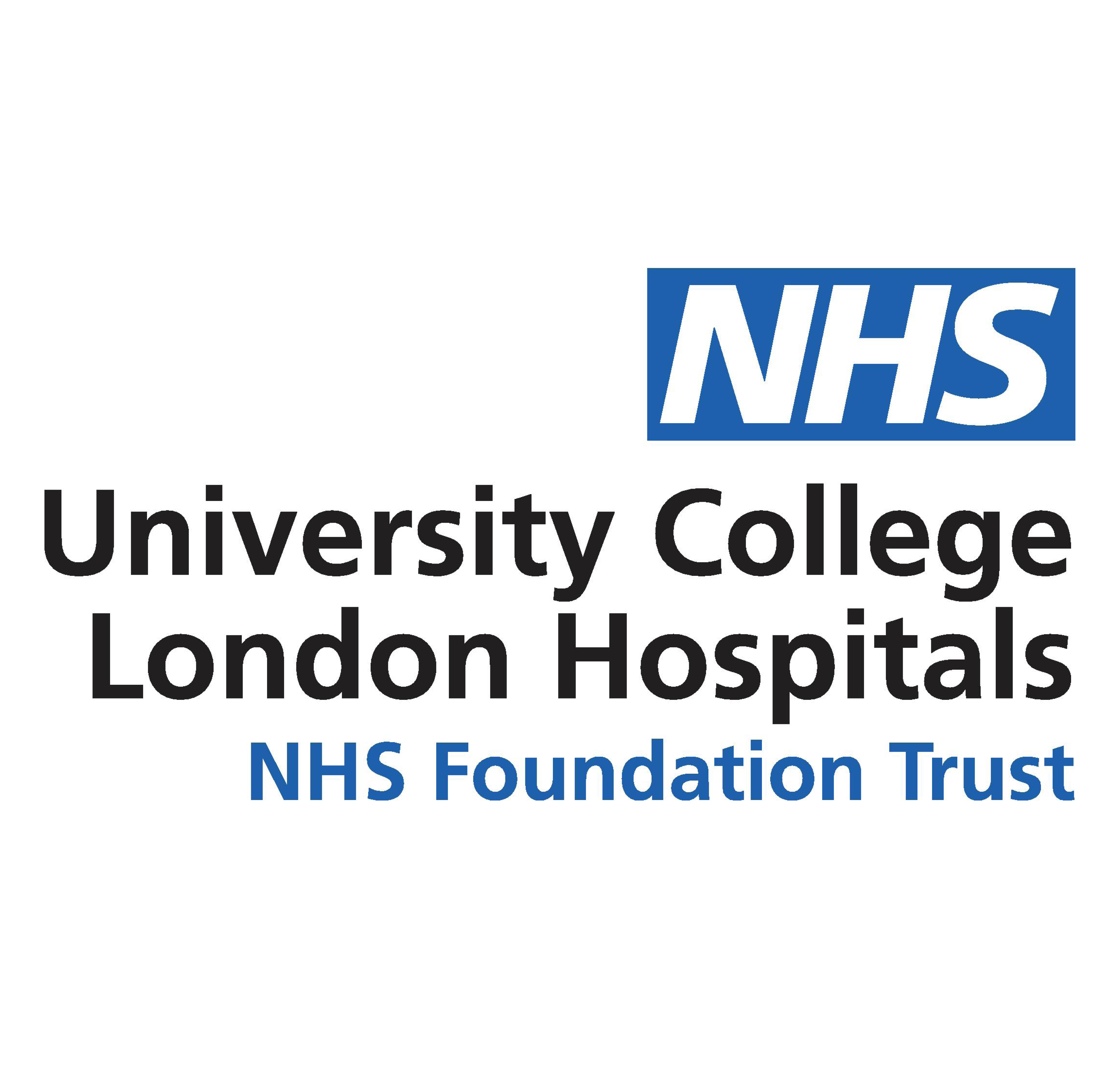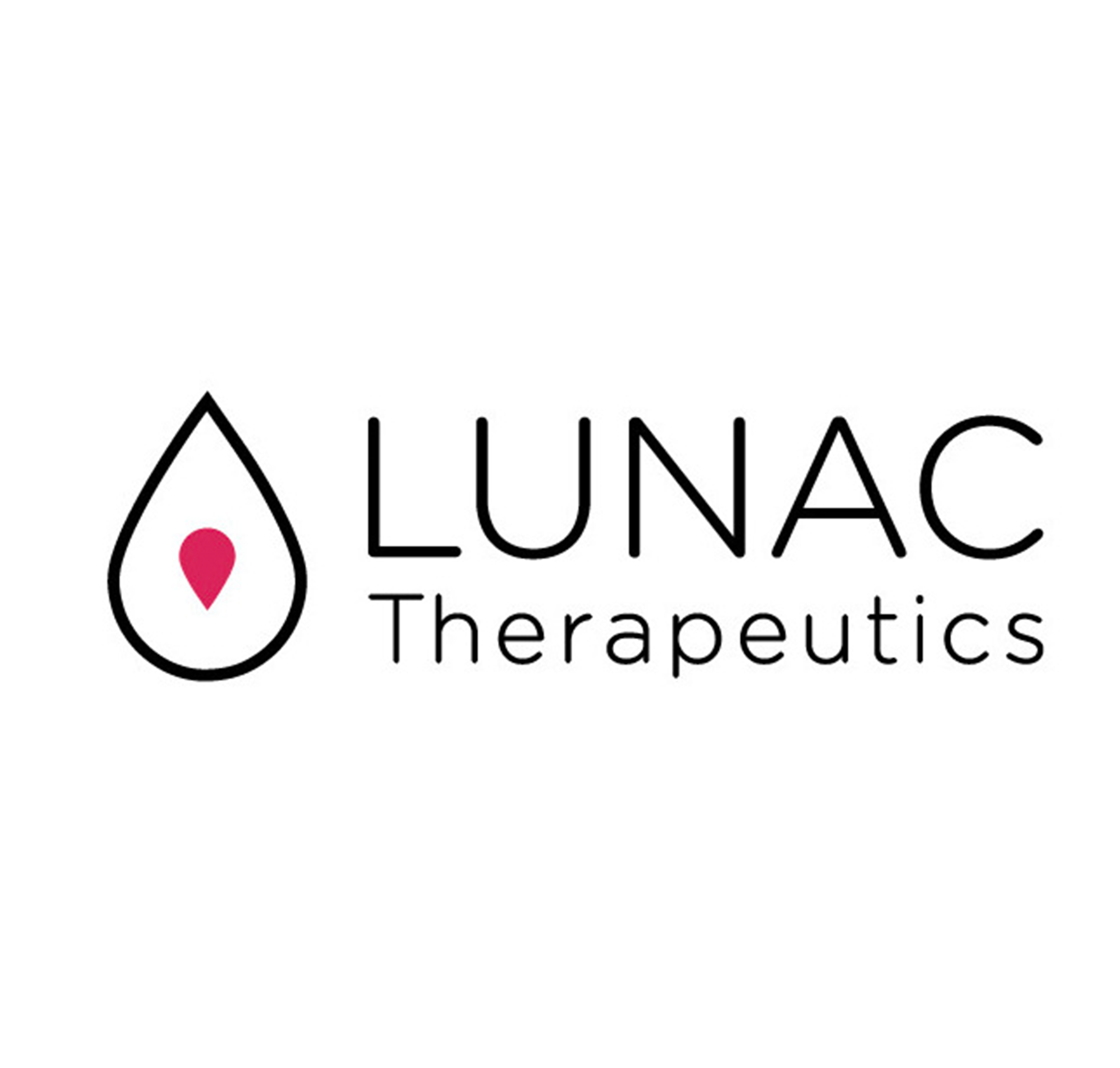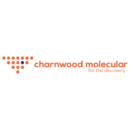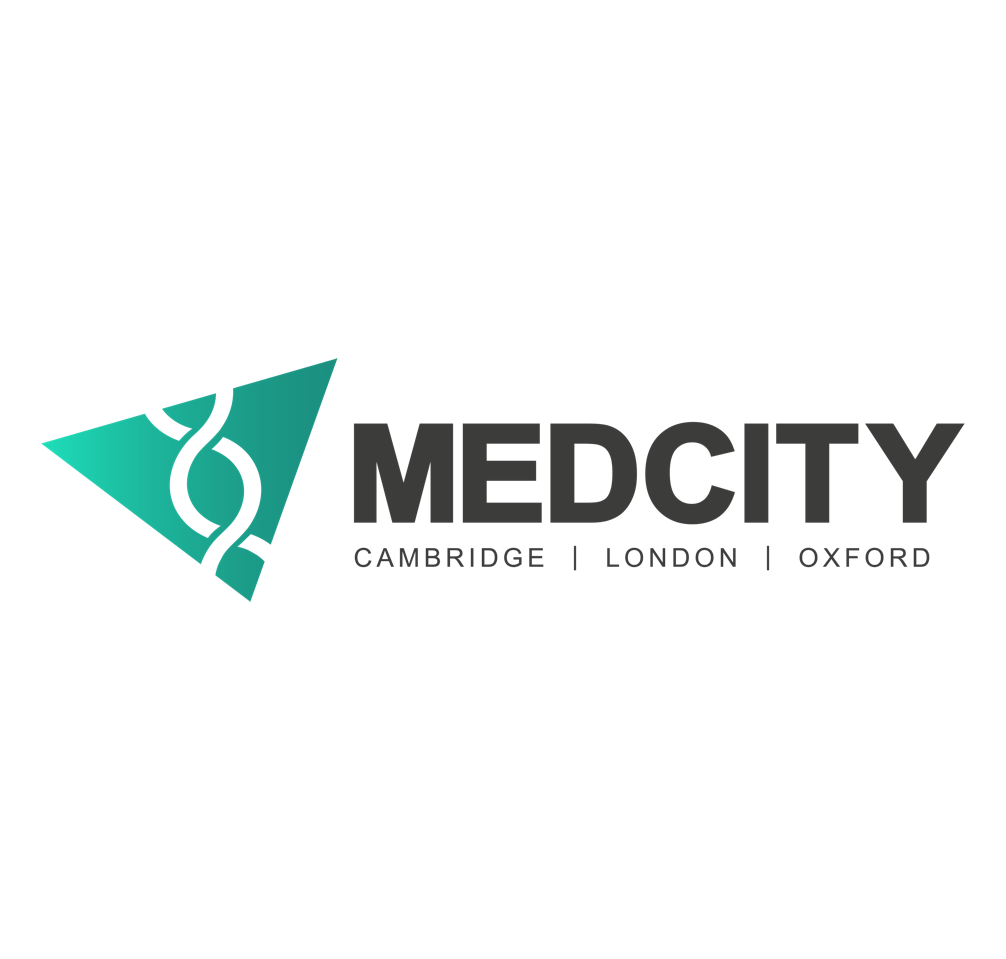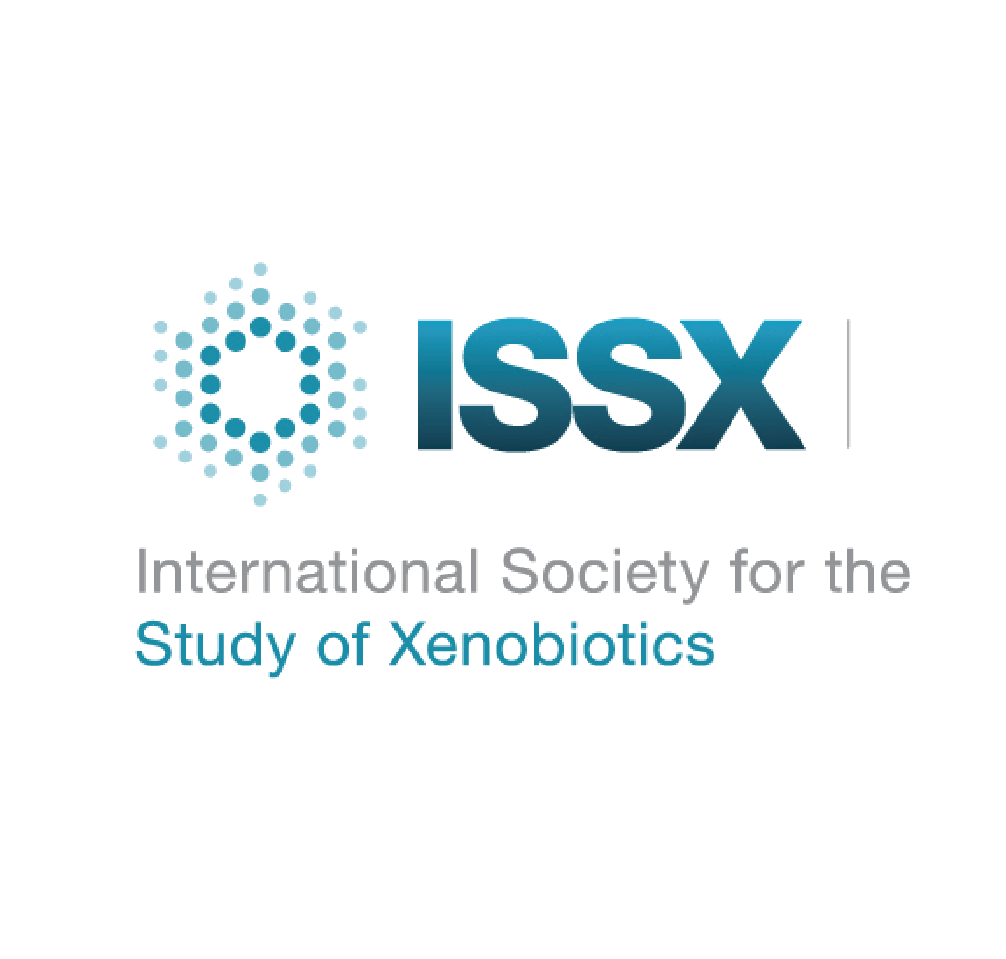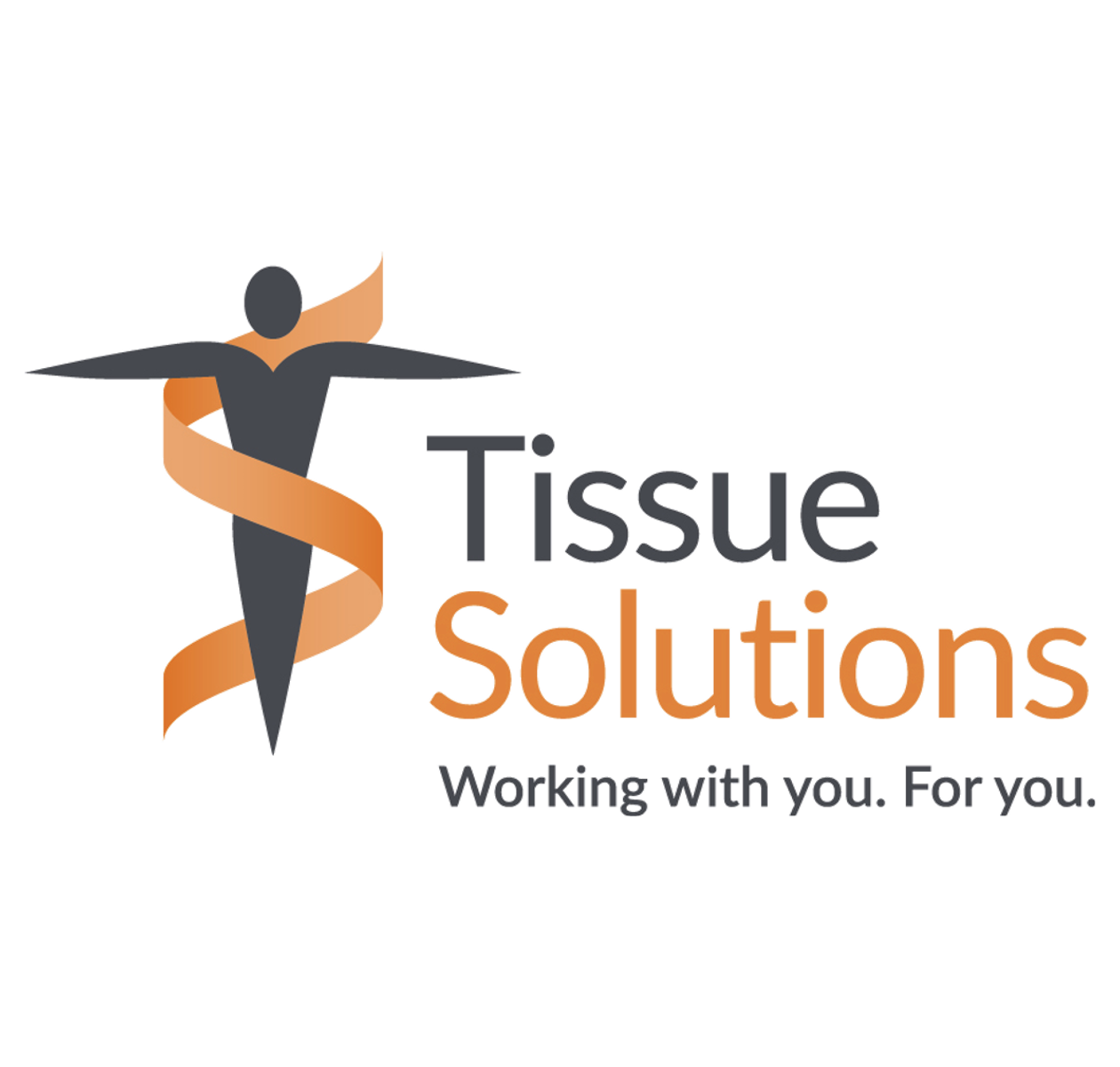Pre-clinical imaging allows a non-invasive assessment of biochemical and biological processes in a living subject. Monitoring, assessing, and characterising novel therapeutics in pre-clinical models is an essential part of drug development.
All drugs have an optimum concentration range in which maximum benefit is achieved, for example, so pre-clinical imaging approaches can help scientists optimise the selective delivery of a therapeutic concentration of drug to its target tissue.
However, studies require significant investment in infrastructure, access to relevant disease models and highly experienced staff.
We are looking for collaborations with:
- SMEs seeking guidance in employing in vivo imaging in their drug discovery and development programmes
- Academics or SMEs developing novel technologies and labels to further develop pre-clinical imaging methods
- Academics or SMEs developing novel drug delivery methods for targeted delivery
Imaging solutions enable quantification of:
- Organ accumulation – pharmacokinetics (PK), biodistribution
- Target expression or engagement – stratification
- Biological activity – pharmacodynamics (PD), optimal biological dose
- Toxicities or drug-drug interactions – safety, drug combination studies
- Surrogacy for clinical endpoint – efficacy

Our aims through collaborative R&D
- Make state-of-the-art imaging technologies and expertise available to companies developing new drugs
- Develop and validate new imaging methods, biomarkers and platforms in vivo and ex vivo
- Progress the development of new drug modalities e.g. antisense oligonucleotides, modified RNA and nanoparticles
- Provide a unique platform of pre-clinical imaging data alongside mass spectrometry imaging, biomarker insights, pathology and molecular analyses that provides deeply informative data sets for better project decision-making
Our work in pre-clinical tissue imaging will allow SMEs to:
- Access pre-clinical imaging expertise including protocol design, image acquisition, image analyses and interpretation, reporting, and manuscript preparations.
- Access pre-clinical imaging technologies to understand the in vivo effects of their drug e.g. biodistribution and PK / PD
- De-risk candidate drugs by understanding in vivo safety and efficacy end-points and providing translational biomarkers
- Compare imaging data with data from other technologies using the same samples
- Develop new technologies that will advance our understanding of disease and drug response











